Sandankyō Gorge
Sandankyō is a 16 km long gorge along the Shibaki River in Akiōta, Hiroshima, with cliffs and cascading waterfalls reminiscent of Chinese landscape paintings.
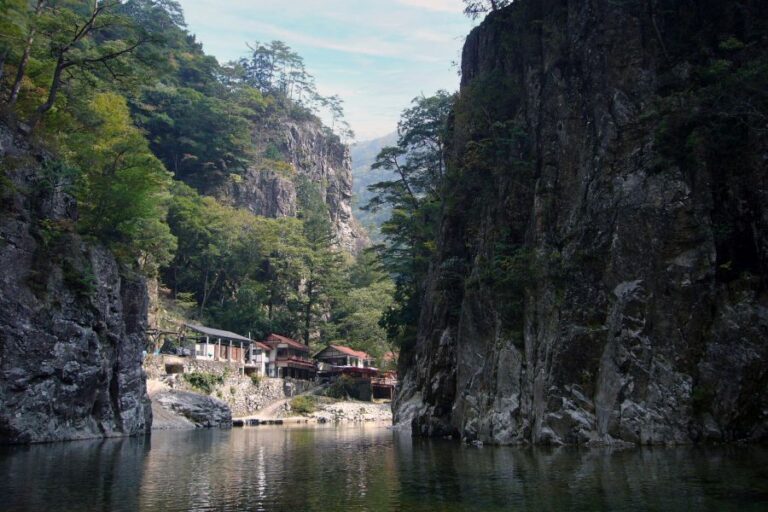
Sandankyō is a 16 km long gorge along the Shibaki River in Akiōta, Hiroshima, with cliffs and cascading waterfalls reminiscent of Chinese landscape paintings.
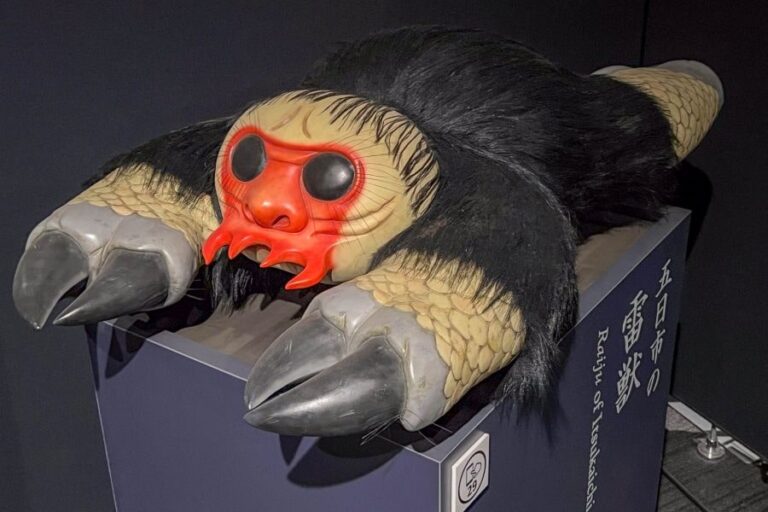
Miyoshi is an inland town in the mountains of Hiroshima. The morning fogs that fill its streets have spawned legends of fantastic monsters that fascinated and inspire.
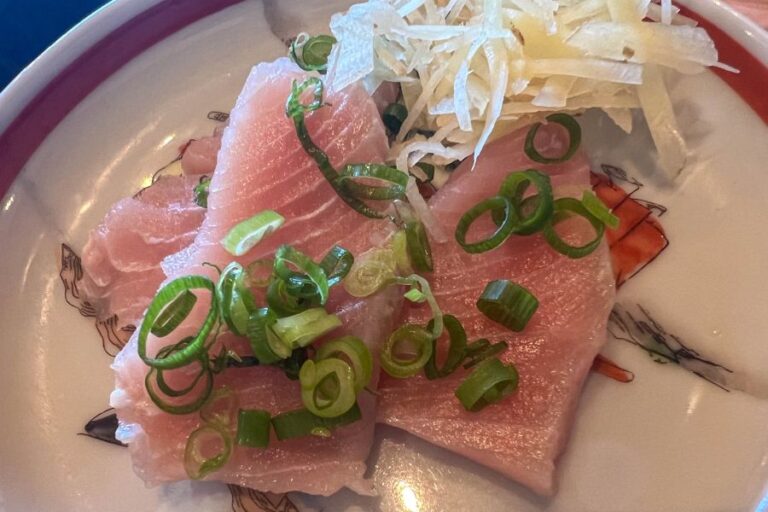
Pull up to a roadside restaurant in the mountains of Hiroshima and you may be bewildered to find something called ‘wani’ on the menu.
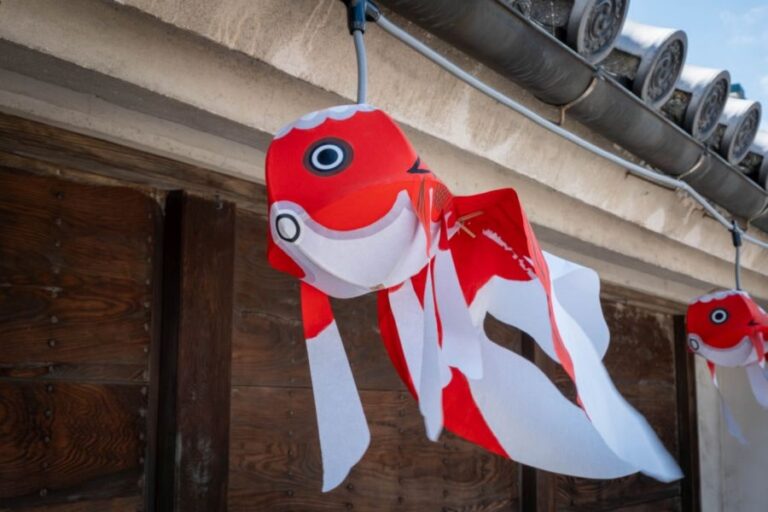
Yanai is a traditional merchant town with an Edo-period atmosphere. It’s known for its quaint goldfish lanterns and goldfish-themed festival.
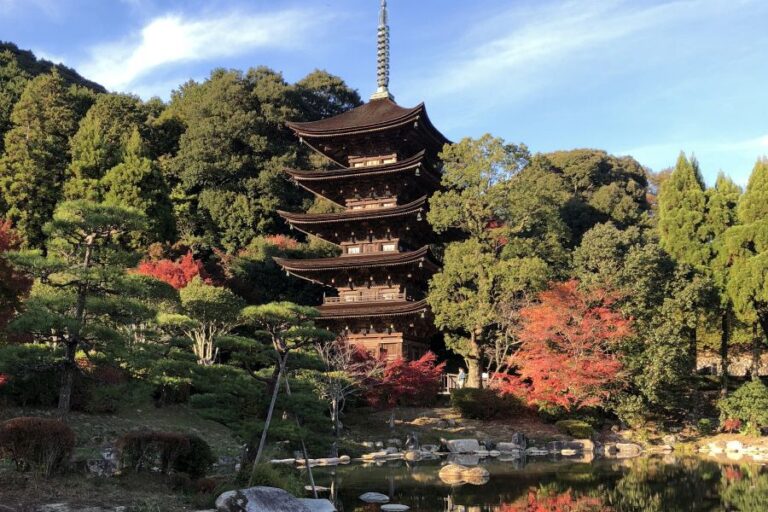
Yamaguchi was the home of the powerful Ōuchi and Mōri clans who influenced national policy for centuries. The city once rivalled Kyōto for the sophistication of its culture.
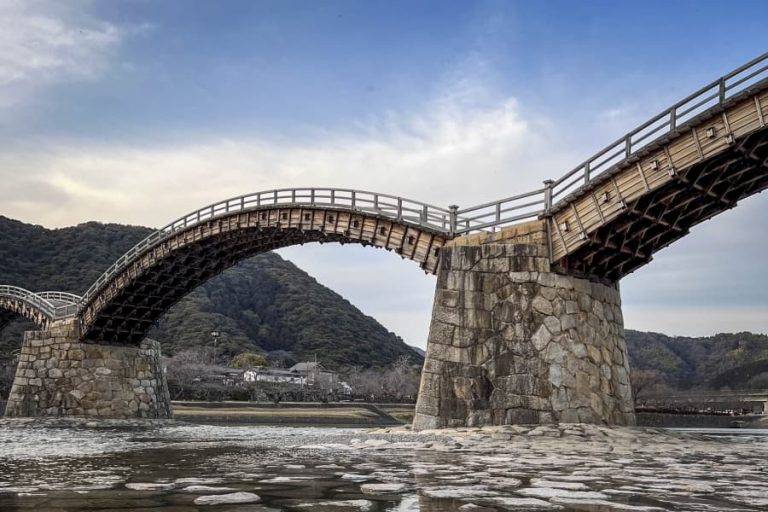
Iwakuni still retains its atmosphere as an Edo period castle town, while its location makes it highly representative of the western Setouchi region.
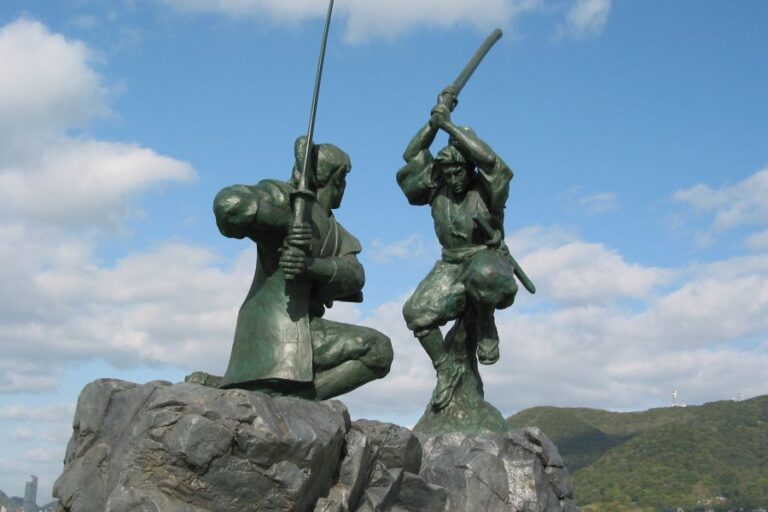
Due to its highly strategic location as the Asian gateway to the Seto Inland Sea, Shimonoseki was the site of some of Japan’s most consequential historical events.
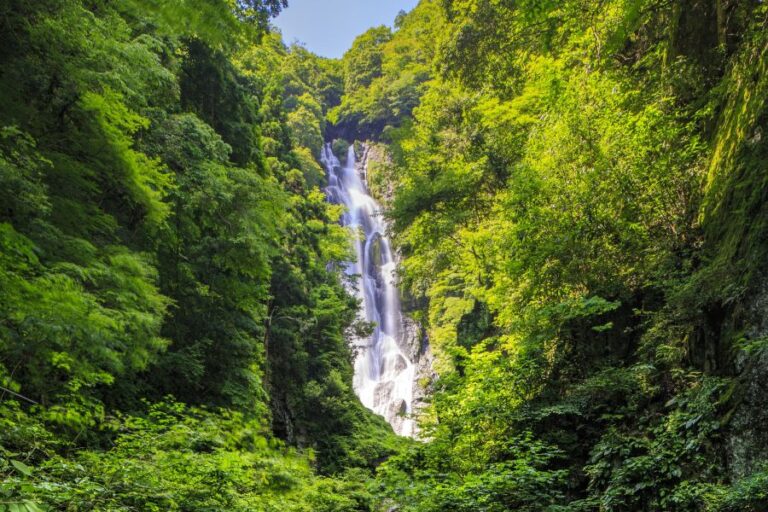
Mt. Daisen is a dormant volcano in Tottori Prefecture on the Japan Sea coast. At 1,729 m, it’s the highest mountain in the Chūgoku region.
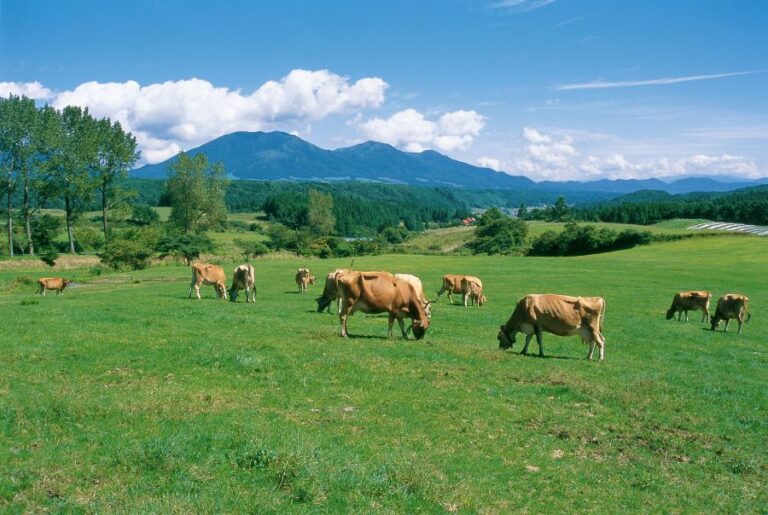
Hiruzen is an area located on the border of Daisen Oki National Park, known for its spectacular natural beauty.
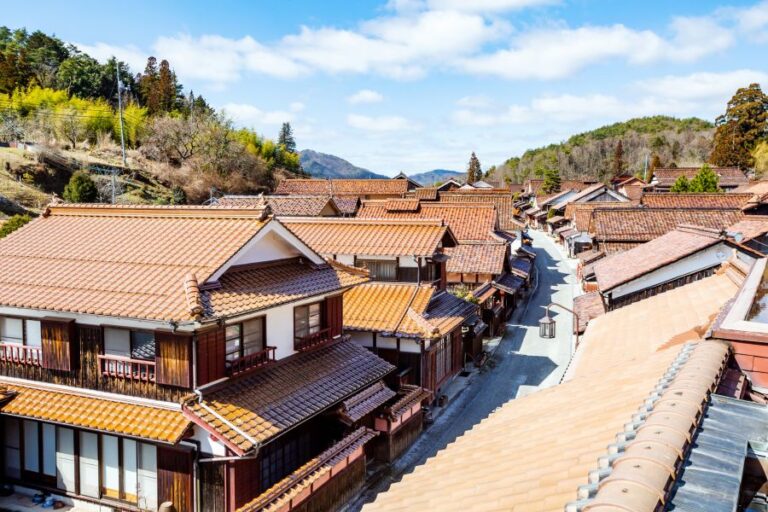
A street of Edo period buildings uniformly painted with bengara ferric oxide. This town once thrived from mining this valuable red mineral.